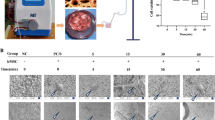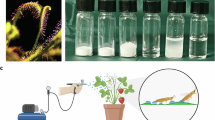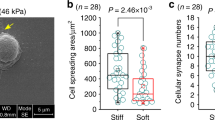Abstract
Understanding the super adhesion mechanism of biological system is of great scientific interest and a prerequisite for bioinspired design of adhesive systems. To investigate the versatile climbing plant requires the development of new methods. Here I present strategies to fully study the super adhesive effect of climbing plant Parthenocissus tricuspidata by the first time measuring the mass and the attached area of single adhesive disc, by further determining the microscopic structure and the adhesive strength of single adhesive disc and by finally elucidating the adhesion mechanism in cellular and molecular level using the classical theories and the proposed new hypothesis and model. I have measured that a single mature adhesive disc has an average mass of only about 0.0005 g, an average attached area of about 1.22 sq mm and an adhesive force of about 13.7 N. I have found that a single adhesive disc can on average support a weight produced together by the stem, leaf, branchlet and tendril which is 260 times greater than its own weight during the growing, and can sustain the maximum pulling force which is 2,800,000 times higher than that produced by its own weight. Microscopic experiments show some new microstructures which have never been reported and reveal that the adhesive disc has super adhesive property which inspires us to fabricate a lot of mimic adhesives that have potential applications in biomedical science, bioelectronics and space science and technology.
Similar content being viewed by others
Article PDF
Author information
Authors and Affiliations
Corresponding author
Rights and permissions
About this article
Cite this article
Deng, W. Tendril, adhesive disc and super adhesive effect of climbing plant. Nat Prec (2008). https://doi.org/10.1038/npre.2008.1513.2
Received:
Accepted:
Published:
DOI: https://doi.org/10.1038/npre.2008.1513.2



